Latest News
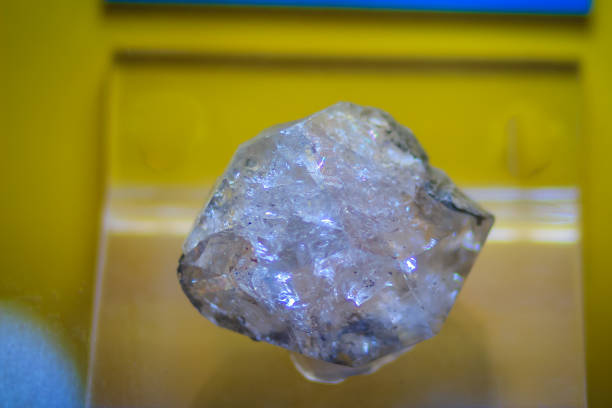 Revolutionizing Water Treatment: Anionic Emulsion Polyacrylamide's Role in Purification
2024-04-26
Revolutionizing Water Treatment: Anionic Emulsion Polyacrylamide's Role in Purification
2024-04-26
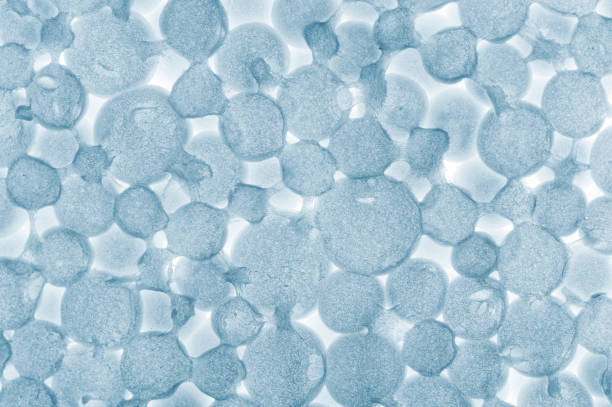 Understanding Anionic Emulsion Polyacrylamide
2024-04-08
Understanding Anionic Emulsion Polyacrylamide
2024-04-08
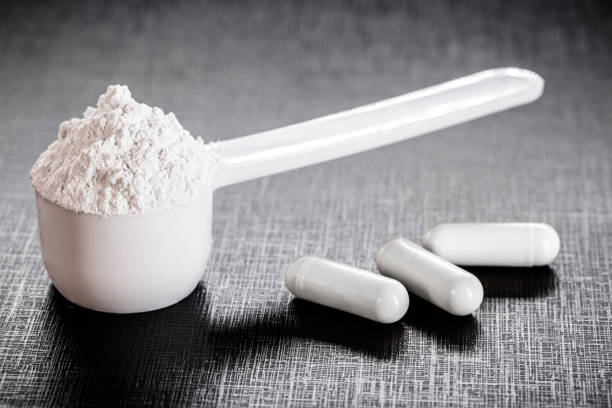 Enhancing Oil Recovery Processes with Powder Anionic Polyacrylamide
2024-03-27
Enhancing Oil Recovery Processes with Powder Anionic Polyacrylamide
2024-03-27
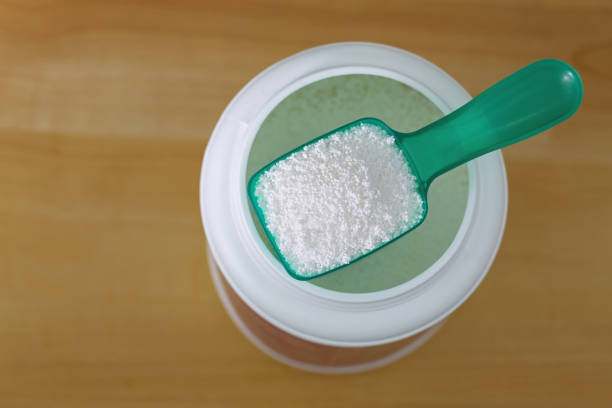 Impact of Powder Anionic Polyacrylamide in Enhancing Papermaking Processes
2024-03-25
Impact of Powder Anionic Polyacrylamide in Enhancing Papermaking Processes
2024-03-25
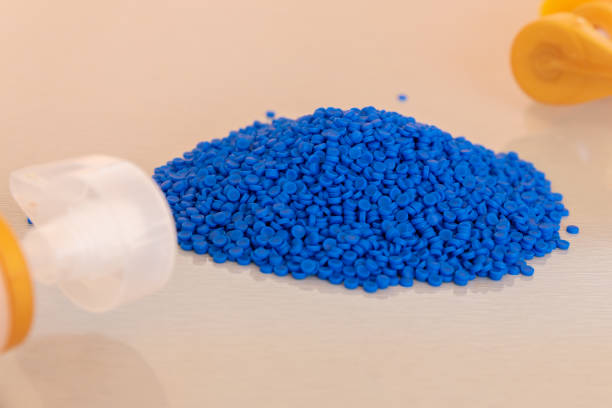 Navigating Environmental Stewardship: The Impact of Polycrylamide Emulsions
2024-03-23
Navigating Environmental Stewardship: The Impact of Polycrylamide Emulsions
2024-03-23
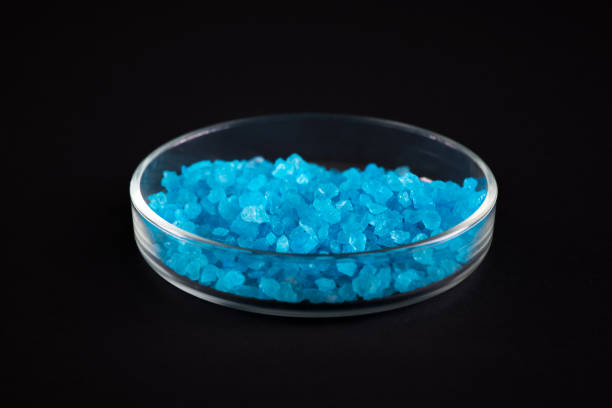 Finding the Perfect Compatibility: Polycrylamide Emulsions and Other Chemicals
2024-03-21
Finding the Perfect Compatibility: Polycrylamide Emulsions and Other Chemicals
2024-03-21
Drilling fluid is a general term for a variety of circulating fluids used in drilling processes to meet various drilling job requirements. Drilling chemical fluid is the blood of drilling, also known as drilling flush fluid. Drilling fluids can be classified into clear water, mud, non-clay flushing fluid, emulsion, foam, and compressed air based on their composition. Clear water is the earliest drilling fluid, which does not require treatment and is easy to use. It is suitable for intact rock formations and areas with sufficient water sources. Mud is widely used as drilling fluid, mainly suitable for unstable formations with loose texture, developed fractures, easy collapse or blockage, and prone to expansion or peeling upon contact with water.
Drilling chemical fluid mainly consists of liquid phase, solid phase, and chemical treatment agents. The liquid phase can be water (freshwater, saline water), oil (crude oil, diesel), or emulsion (oil-in-water emulsion and reverse emulsion). The solid phase includes useful solids (bentonite, weighting agents) and useless solids (rocks). Chemical treatment agents include inorganic, organic, and polymer compounds.
Water-based drilling fluid is a suspension and colloid mixture system with water as the dispersion medium and clay (bentonite), weighting materials, and various chemical treatment agents as the dispersed phase. Its main components are water, clay, weighting materials, and various chemical treatment agents. Water-based drilling fluid generally goes through five stages, including natural drilling fluid, fine dispersion drilling fluid, coarse dispersion drilling fluid, non-dispersed low solid phase drilling fluid, no solid phase drilling fluid, and polymer drilling fluid stages. Water-based drilling fluids can also be classified as:
Freshwater drilling fluid. Sodium chloride content is less than 10mg/m^3, and calcium ion content is less than 0.12mg/m^3.
Saltwater drilling fluid (including seawater and brine drilling fluid). Sodium chloride content is higher than 10mg/m^3.
Calcium-treated drilling fluid. Calcium ion content is less than 0.12mg/m^3.
Saturated saltwater drilling fluid. It contains one or more soluble salts in a saturated solution.
Water-in-oil emulsion drilling fluid. It is a water-based drilling fluid containing 3%-40% emulsified oil.
Non-dispersed low solid phase polymer drilling fluid. Solid phase content is less than 4% with an appropriate amount of polymer.
Potassium-based drilling fluid. Potassium chloride content is higher than 3%. It has been used on drilling sites since 1978.
Polymer drilling fluid. It is a drilling chemical fluid mainly composed of polymers, with viscosity reducers, fluid loss reducers, anti-collapse agents, lubricants, and other chemical treatment agents. It is a new type of drilling fluid system developed in the 1980s. It includes cationic polymer drilling fluid, amphoteric polymer drilling fluid, full cationic polymer drilling fluid, deep well polymer drilling fluid, and positively charged gel drilling fluid, etc.
Oil-based drilling fluid (commonly referred to as oil-based drilling fluid) is a solution and suspension mixture system with oil (mainly diesel or crude oil) as the dispersion medium and weighting agents, various chemical treatment agents, and water as the dispersed phase. Its main components are crude oil, diesel, weighting agents, chemical treatment agents, and water. It has undergone three stages: crude oil drilling fluid, oil-based drilling fluid, and oil-in-water drilling fluid.
Crude oil drilling fluid. The main component is crude oil.
Oil-based drilling fluid. It is prepared by using diesel (or crude oil) as the continuous phase, asphalt emulsion as the dispersed phase, and supplemented with weighting agents and various chemical treatment agents.
Oil-in-water drilling fluid. It uses diesel as the continuous phase, disperses small water droplets in the oil phase (water can occupy 60% of the volume), and stabilizes it with organic bentonite (oil-affinity bentonite) and asphalt, supplemented with weighting agents and various chemical treatment agents.
Gas drilling chemical fluid refers to drilling fluid that uses air or natural gas as the circulating fluid. Foam drilling fluid is a drilling fluid that uses foam as the circulating fluid. Its main components are liquid, gas, and foam stabilizers. The Subcommittee on Drilling Fluid System of the Standardization Committee in the 1980s classified drilling fluids into eight categories: non-dispersed solid phase polymer drilling fluid, freshwater drilling fluid, saltwater drilling fluid, saturated saltwater drilling fluid, calcium-treated drilling fluid, potassium-based drilling fluid, oil-based drilling fluid, and gas drilling fluid.
